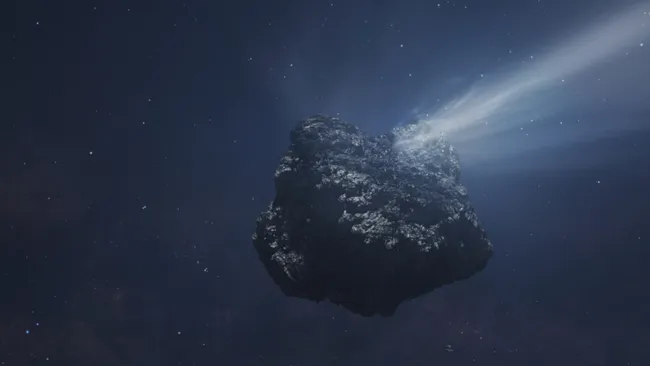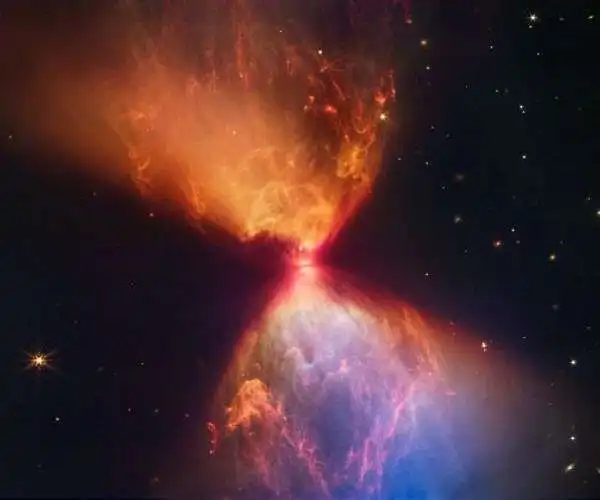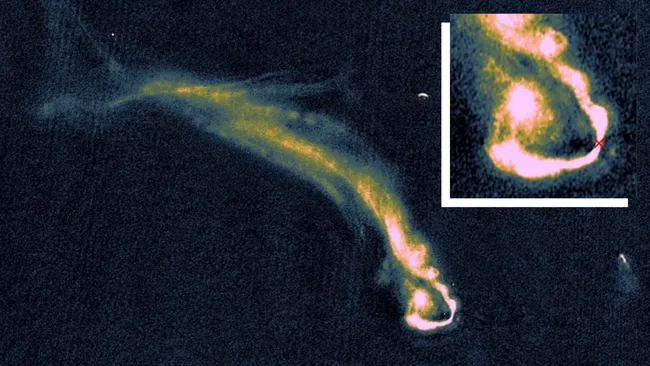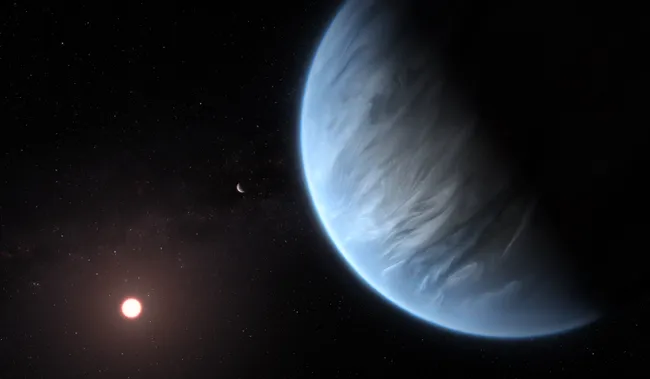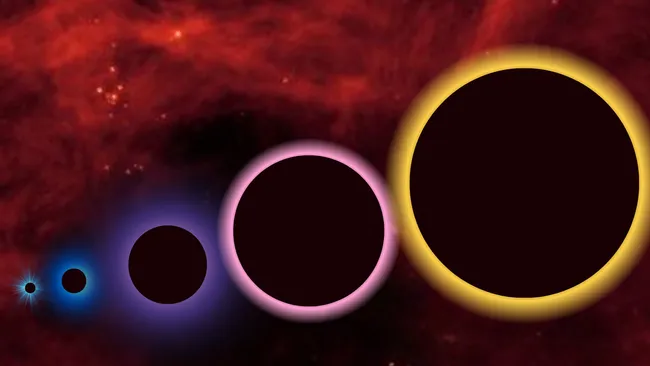A monumental discovery has been made in the depths of our solar system. Astronomers have confirmed that C/2014 UN271, the largest known comet from the Oort Cloud, is erupting with jets of gas as it slowly journeys toward the Sun.
This active outgassing, never previously observed in this specific comet, was detected by ALMA (Atacama Large Millimeter/submillimeter Array), a powerful set of 66 radio telescopes nestled in Chile’s Atacama Desert. Despite the comet’s vast distance, ALMA successfully traced carbon monoxide emissions and thermal radiation, giving scientists a direct look into the comet’s evolving state.
A Giant Revealed
Earlier, ALMA had already enabled astronomers to estimate the massive nucleus of C/2014 UN271, thanks to its unmatched sensitivity. Now, building on those observations, scientists have precisely measured the full size of the comet—including the thick dust cloud surrounding its icy core. This confirms that C/2014 UN271 is the largest comet ever identified from the Oort Cloud.
Yet, the most striking revelation comes from ALMA’s latest data: the first molecular outgassing signature from this icy behemoth. That means the comet isn’t just big—it’s active.
What’s Happening?
As C/2014 UN271 draws nearer to the Sun, it begins to heat up, causing buried frozen materials to sublimate—transforming directly from ice to gas—and burst through its surface. The gas jets, rich in carbon compounds, signal a dramatic transition from dormancy to activity as the comet nears its closest approach.
Such activity offers astronomers a unique opportunity to study the primordial chemical makeup of our solar system. Since comets like this one are thought to be untouched relics from the formation of the solar system 4.6 billion years ago, analyzing their outgassing may reveal what conditions existed when Earth and other planets were born.
Published Insights
This breakthrough was formally detailed in a study published on June 12 in The Astrophysical Journal Letters. The findings not only confirm the enormous scale and dynamic activity of C/2014 UN271, but also set the stage for future explorations into the origin of water and organic molecules across the solar system.

